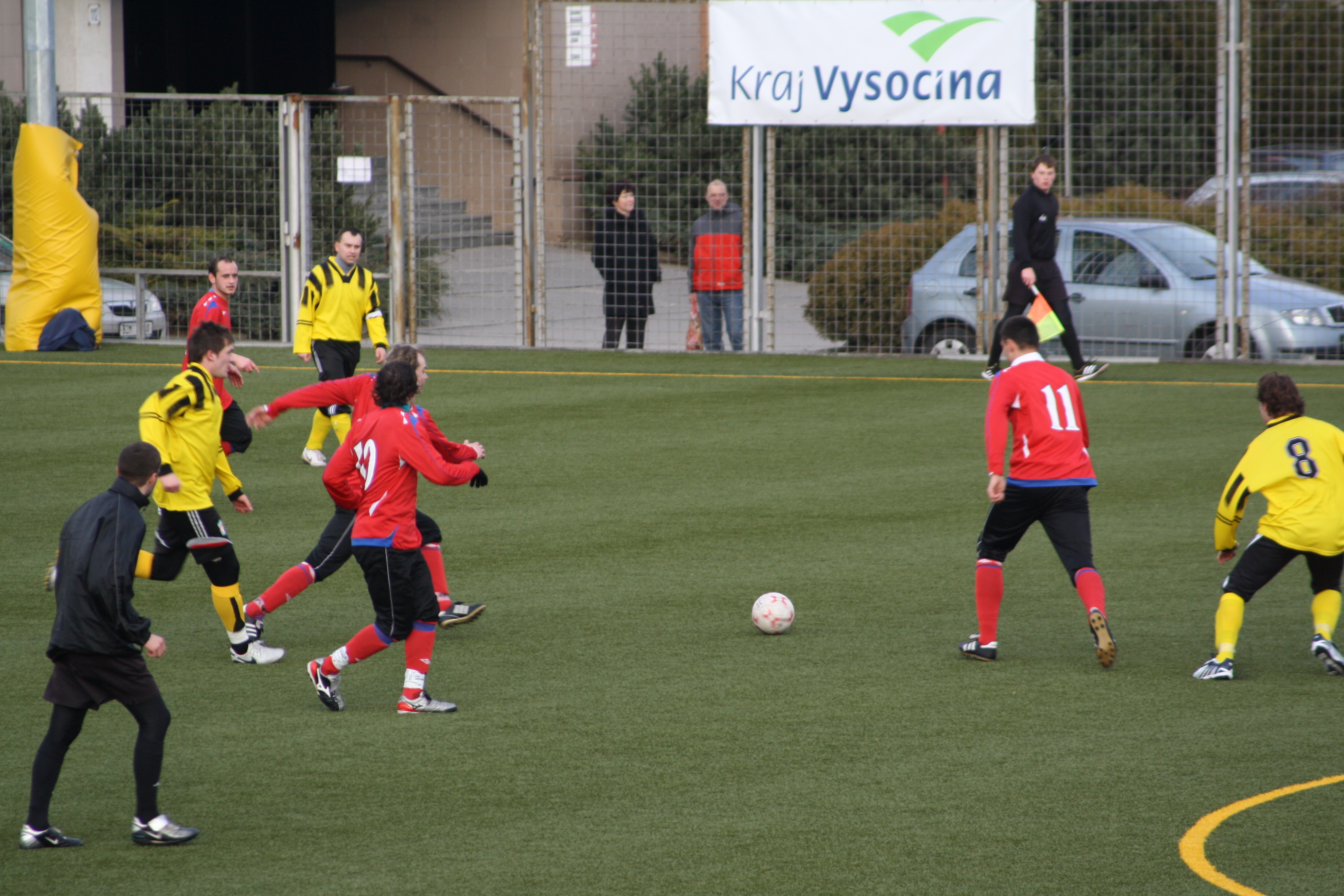Why Is It Important to Develop Life Skills Through Sports?

It’s past time to recognize the value of youth sports and the good influence they have on the mental and physical well-being of children and adolescents in the United States. It’s also an excellent moment to talk about how active youth sport involvement may assist young people stay away from drugs and alcohol.
Sports provide a number of benefits and may have a huge impact on people’s lives. Participating in team sports improves one’s health and well-being, boosts confidence, and may even benefit one’s mental health.
Young individuals who participate in athletics are also less likely to engage in substance addiction, such as drinking, smoking, vaping, and using illicit drugs, than those who do not.
Sports Are a Reflection of Real Life.
Competition, teamwork, success, defeat, conflict, and resolution are all present. Being a member of a sports team instills the importance of looking out for others, building trust and confidence, and respecting authorities and other teammates.
Being a member of a team may boost self-esteem, and confident kids have an easier time adjusting to school and social circumstances. But, regardless of innate athletic talent, merely being a member of the group offers individuals the opportunity to bond with others.
What Sports Can Do for Your Child’s Brain Development
Exercising and participating in sports has long been known to be helpful to the body in a variety of ways. Sports also improve the brain by activating reward pathways and increasing mood-enhancing neurochemicals such as dopamine. An increase in dopamine and other neurochemicals promotes happiness and reduces the likelihood of anxiety and sadness, two of the most frequent mental health issues among teenagers.
Regular exercise has a favorable influence on the brain, which lessens the chance of young people self-medicating with substances to cope with stress and mental health issues.

How Do Team Sports Help Teens Avoid Substance Abuse?
Physical exercise, particularly team sports, appears to increase a person’s resilience to substance use disorder, according to juvenile drug consumption patterns. High school students who exercise often are less likely than sedentary teens to use cigarettes or misuse marijuana, according to the findings of a survey done by the National Institute on Drug Abuse.
The fact that students who choose to exercise frequently and enjoy team activities are more likely to make healthy decisions in general is likely to influence the lower risk of drug use associated with team sports involvement. Being surrounded by a healthy community of teammates, coaches, and other social components of organized sports involvement also helps to retain a network of support from people who are making good life choices.
Children and teenagers who participate in sports must develop important time management skills and face a variety of intriguing challenges. Physical activities give healthy opportunities for young people to develop new skills, take risks, and attain their goals.
The Relationship Between Opioid Addiction and Youth Sports Injuries
In recent years, our country has been ravaged by an opioid crisis, which has wreaked havoc on young people in particular. Teens who have been taken opioid drugs as a consequence of a sports injury may be at danger. Some young athletes who are given painkillers by prescription may get into difficulty if they misuse them mistakenly or carelessly. To maximize the effects of the medications, they may start taking more tablets than their doctor suggests. They may take the painkillers longer than prescribed in order to relieve small aches and pains that do not necessitate such severe drugs.
Teenage athletes are particularly susceptible to sports injuries, which can lead to addiction of painkillers like Vicodin and Percocet. Teens are more prone to addiction as a result of their use of these substances.
Some young athletes who are given painkillers by prescription may get into difficulty if they misuse them mistakenly or carelessly. To maximize the effects of the medications, they may start taking more tablets than their doctor suggests. They may take the painkillers longer than prescribed in order to relieve small aches and pains that do not necessitate such severe drugs.
When a person is provided pain medication for an accident, it is critical to inquire about non-opioid pain management options with the prescribing physician. If opioids are required for medical reasons, it is critical to closely monitor the usage of any pain drugs to ensure that they are taken exactly as prescribed and for the specified amount of time.
Adults should keep all pain medications in a secure, secured location that is out of reach of children and teenagers, and dispose of any unused medications safely.
How To Inspire Children to Participate in Sports
Leading by example, practicing sports together, making it pleasant, and encouraging rather than imposing sports are all ways to ensure your child organically incorporates fitness into their lives.
- Unlocking the Secrets: How to Become a Successful YouTuber - March 17, 2024
- Unlocking the Power of Home Loan Calculators: A Comprehensive Guide - March 9, 2024
- Understanding Dementia: A Comprehensive Guide - March 7, 2024






